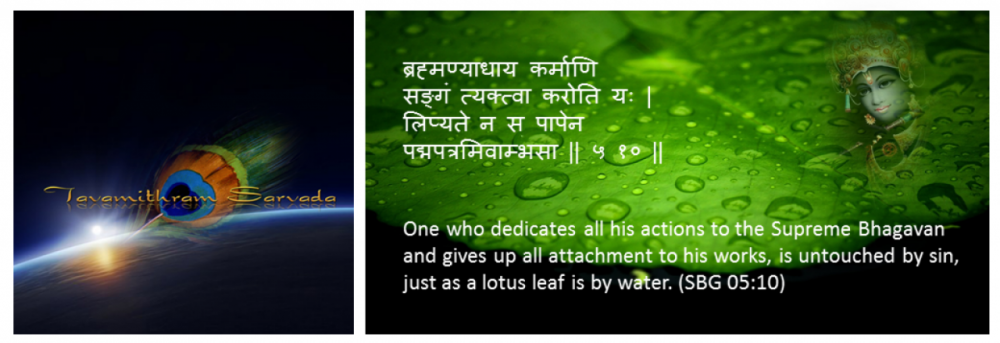Liberating the Mind from the Illusion of Duality
Exploring the Profound Wisdom of Sage Ashtavakra in the Ashtavakra Gita
For those unfamiliar with Sage Ashtavakra and the profound teachings of the Ashtavakra Gita, let’s embark on a journey into the depths of Advaita Vedanta—the yoga of knowledge—as instructed to King Janaka by Sage Ashtavakra.
Introduction to Sage Ashtavakra and the Ashtavakra Gita
Sage Ashtavakra, whose name means “eight bends,” was a SELF-realised saint and sage, despite physical deformities. The Ashtavakra Gita, a dialogue between Sage Ashtavakra and King Janaka, stands as a beacon of advanced Advaita Vedanta wisdom.
Body as the Temple of the Supreme SELF
As Sage Ashtavakra unveils timeless wisdom, he emphasises that the physical body is a temple of the Supreme SELF. The realisation that the SELF or Atman remains unaffected by the body’s appearance clears common notions.
King Janaka’s Spiritual Journey
King Janaka, a seeker despite worldly success, had two gurus – Ashtavakra and Yajnavalkya. His story exemplifies that SELF-realisation transcends external circumstances.
Ashtavakra Gita’s Twenty Chapters
The Ashtavakra Gita comprises twenty chapters, each containing potent verses that impart pure wisdom and offer transformative insights.
Shlokas from the First Chapter – ‘Sakshi’
Exploring the Shlokas from the First Chapter, we delve into Janaka’s inquiry and Sage Ashtavakra’s profound responses. The verses guide us towards understanding knowledge, liberation, and the state of renunciation.
The Earthen Pot Analogy
Drawing parallels with the space inside and outside a pot, Ashtavakra illustrates the all-encompassing nature of the SELF. This analogy beautifully conveys the omnipresence of the Ultimate Reality.
The Joyful Contact with Brahman
Krishna’s words in the Bhagavad Gita highlight the yogi’s blissful contact with Brahman. This contact, similar to our constant connection with space, symbolises the pervasive nature of the SELF.
Realisation of ‘Aham Brahmasmi’
The seeking culminates in realising ‘Aham Brahmasmi’ or ‘I (the SELF and not my ego) am Brahman’– the highest state of subjective awareness and oneness with the all-pervading reality.
Shlokas from the Mandukya Upanishad affirm the omnipresence of the Self. Realizing that ‘Tat Tvam Asi’ (You are THAT) brings an end to the seeker’s journey.
Conclusion
Sage Ashtavakra’s teachings, echoed through the Ashtavakra Gita, and the timeless wisdom of the Vedas and Upanishads, guide a seeker towards the ultimate realisation—the oneness of the individual SELF with the Supreme Reality.
The delusion of duality leads to the belief in deities, ‘gods’, ‘godmen and godwomen, and other non-existent elemental beings, and also to the fear of them. Dualistic beliefs likewise lead to the ‘your ‘god” and ‘my god” problem, leading to animosity among people. May the wisdom of Ashtavakra illuminate your path and help you steer your way out of the mental delusion of duality, meaningless practices in the name of religion or pseudo-bhakti, and the ‘fear of ‘god”, and lead you towards realising the all-pervasiveness of the Supreme Brahman personified as Bhagavan Shri Krishna.
Stay blessed on your spiritual journey.
Jai Shri Krishna.
If you haven’t yet acquired my latest work, ‘The Ever-Relevant Gita: A Present-Day Rendering,’ seize the opportunity now. In just three hours of immersion, you’ll find your mind and heart significantly lighter, with most of your confusion, fears, worries, and negative emotions simply disintegrating into nothing






One thought on “Ashtavakra Gita – Chapter 01”